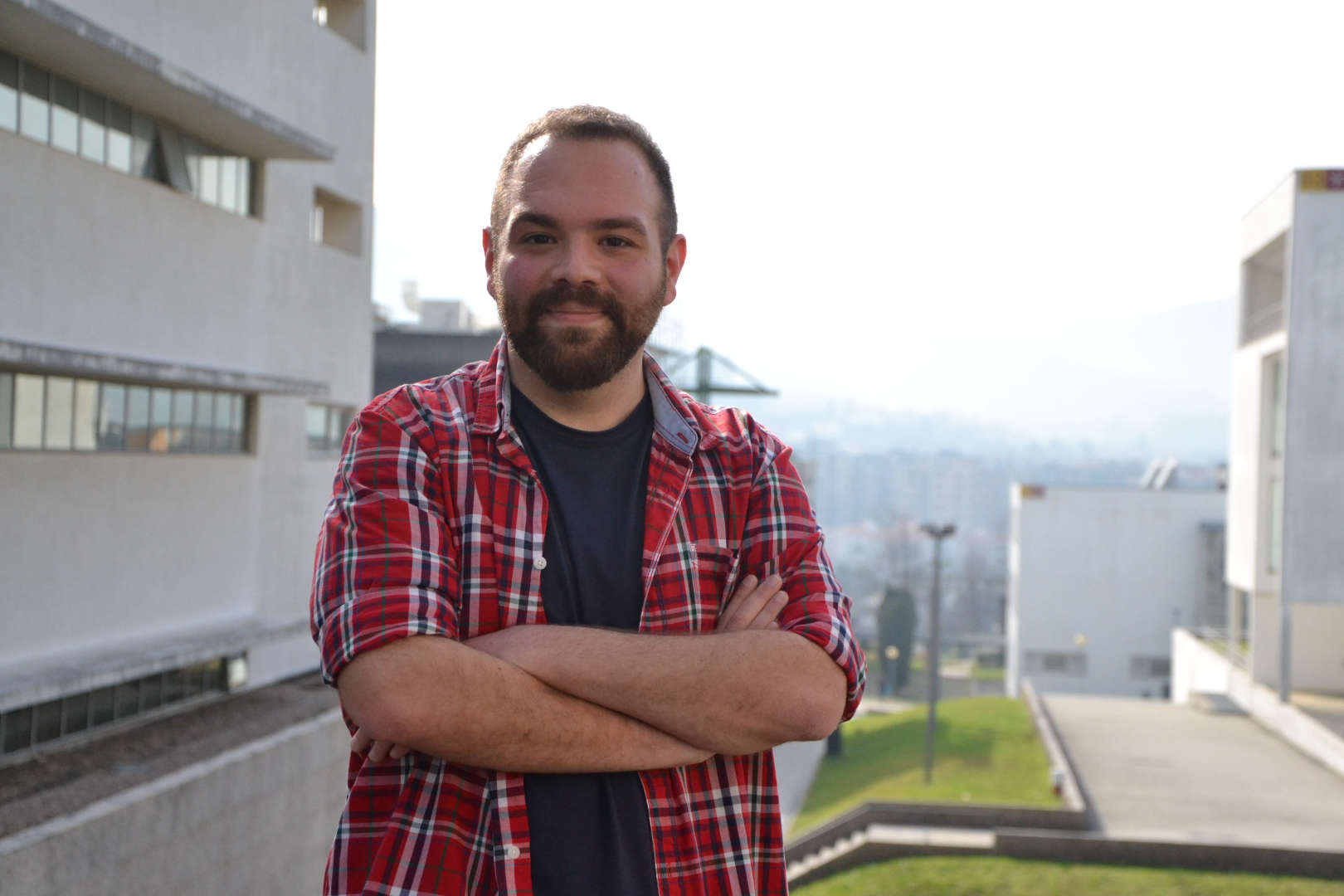About
I am a a Computer Science Postdoc working on reducing, analyzing, and optimizing the energy consumption levels for software, by using source code analysis and manipulation techniques. I was also awarded an FCT grant for my PhD research. I am one of the founding members of the Green Software for Space Control Mission (GreenSSCM) project, the Software Repositories for Green Computing FLAD/NSF project, and the Green Software Lab: Green Computing as an Engineering Discipline (GSL) project.
I concluded my PhD at the University of Minho, under the MAP-i doctoral programme with the thesis titled "Energyware Engineering: Techniques and Tools for Green Software Development" under the Green Software Lab (GSL) project . I received my MSc degree in Informatics Engineering in 2013, with my thesis "Querying for Model-Driven Spreadsheets" under the SpreadSheets as a Programming Paradigm (SSaaPP) project.
Currently, my research interests focus on green computing, human-computer interaction, and source code analysis and manipulation.


